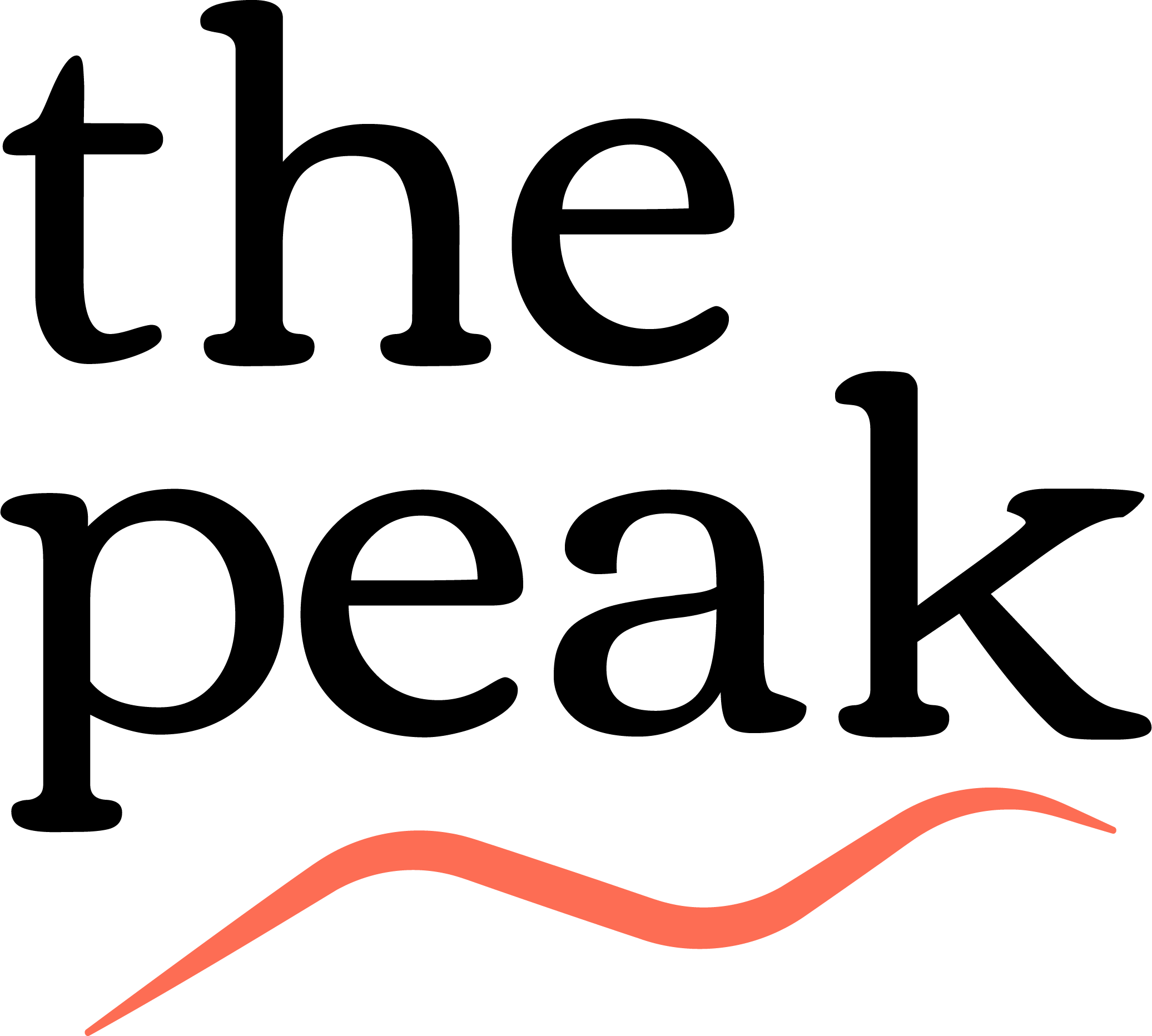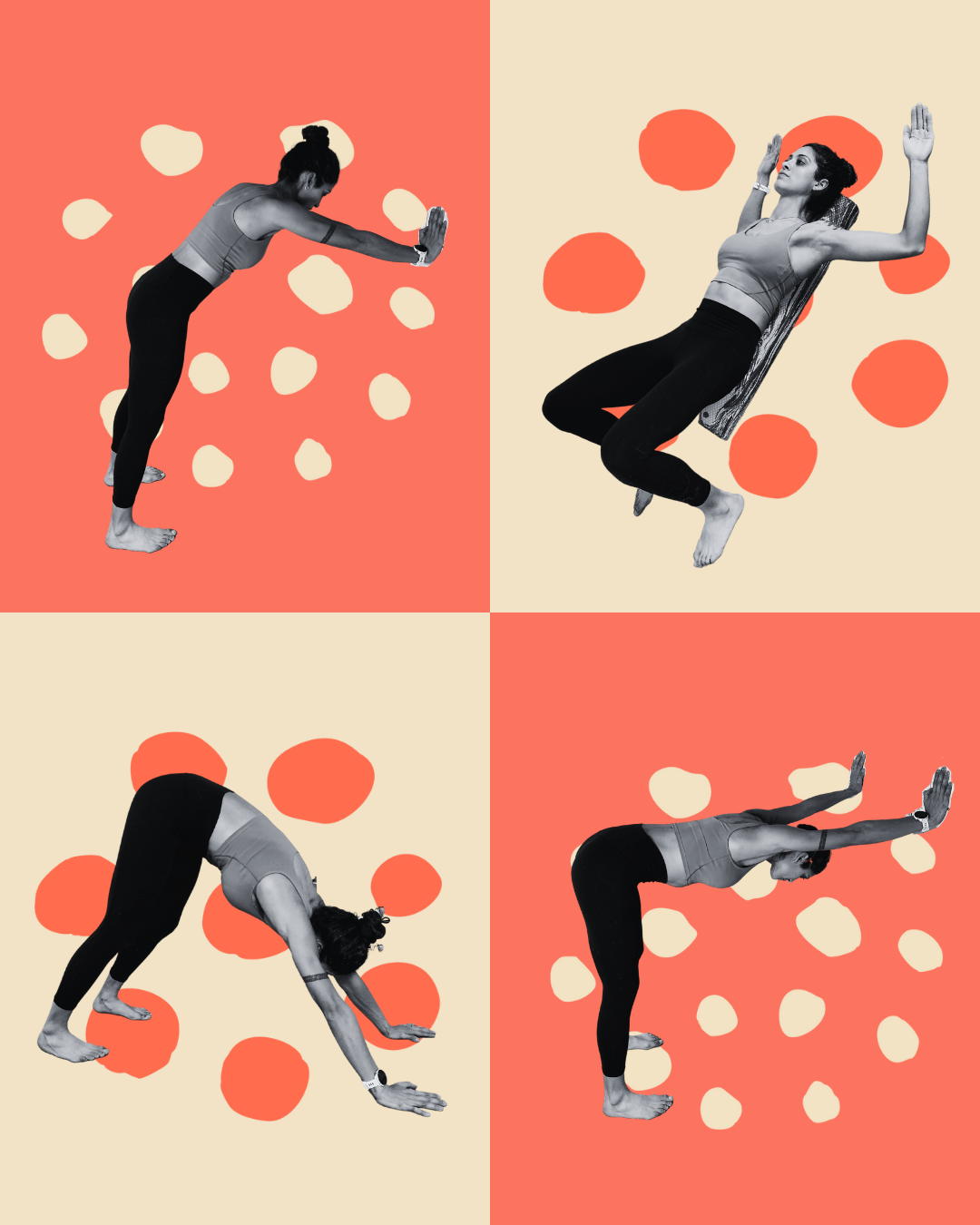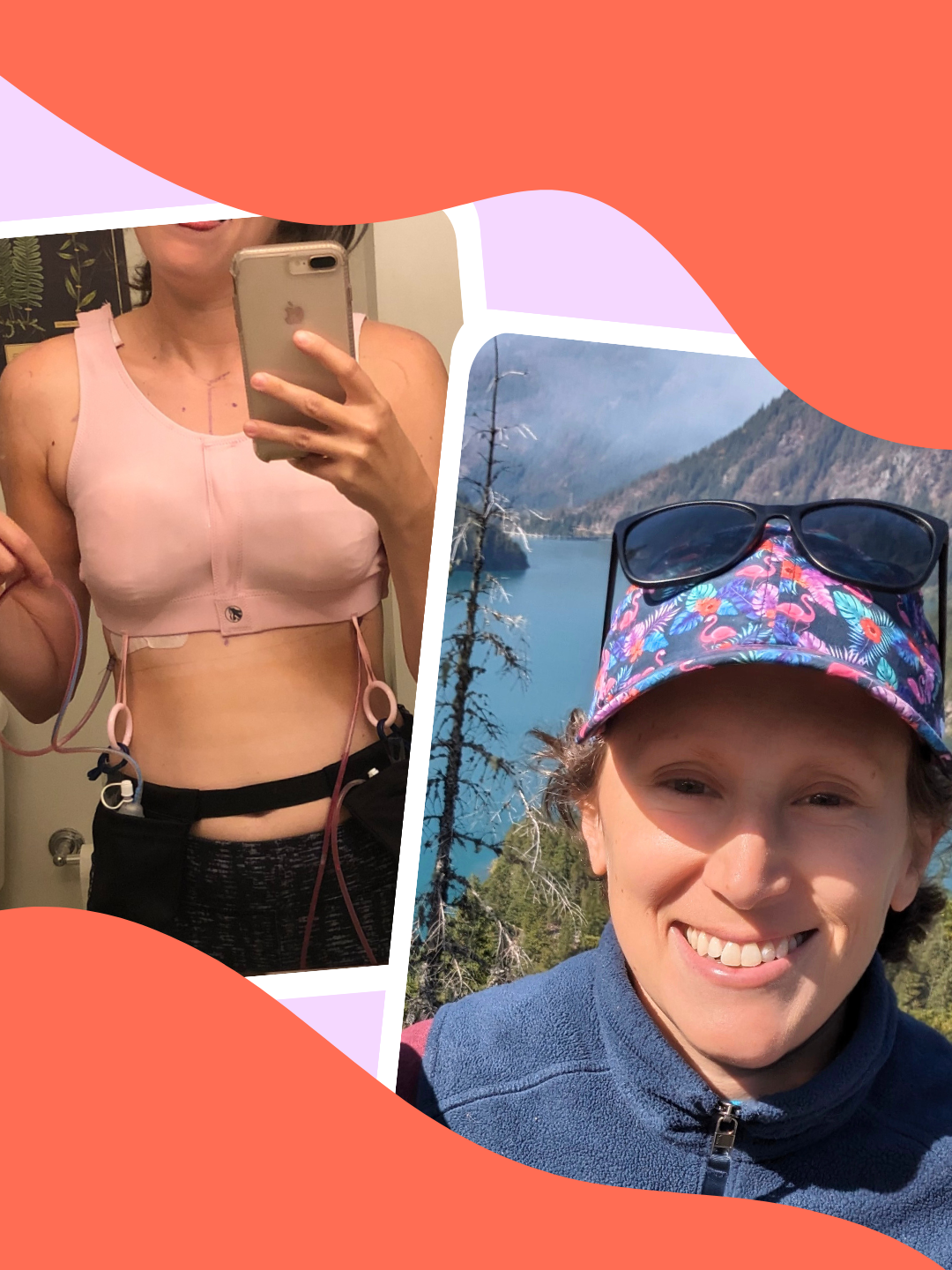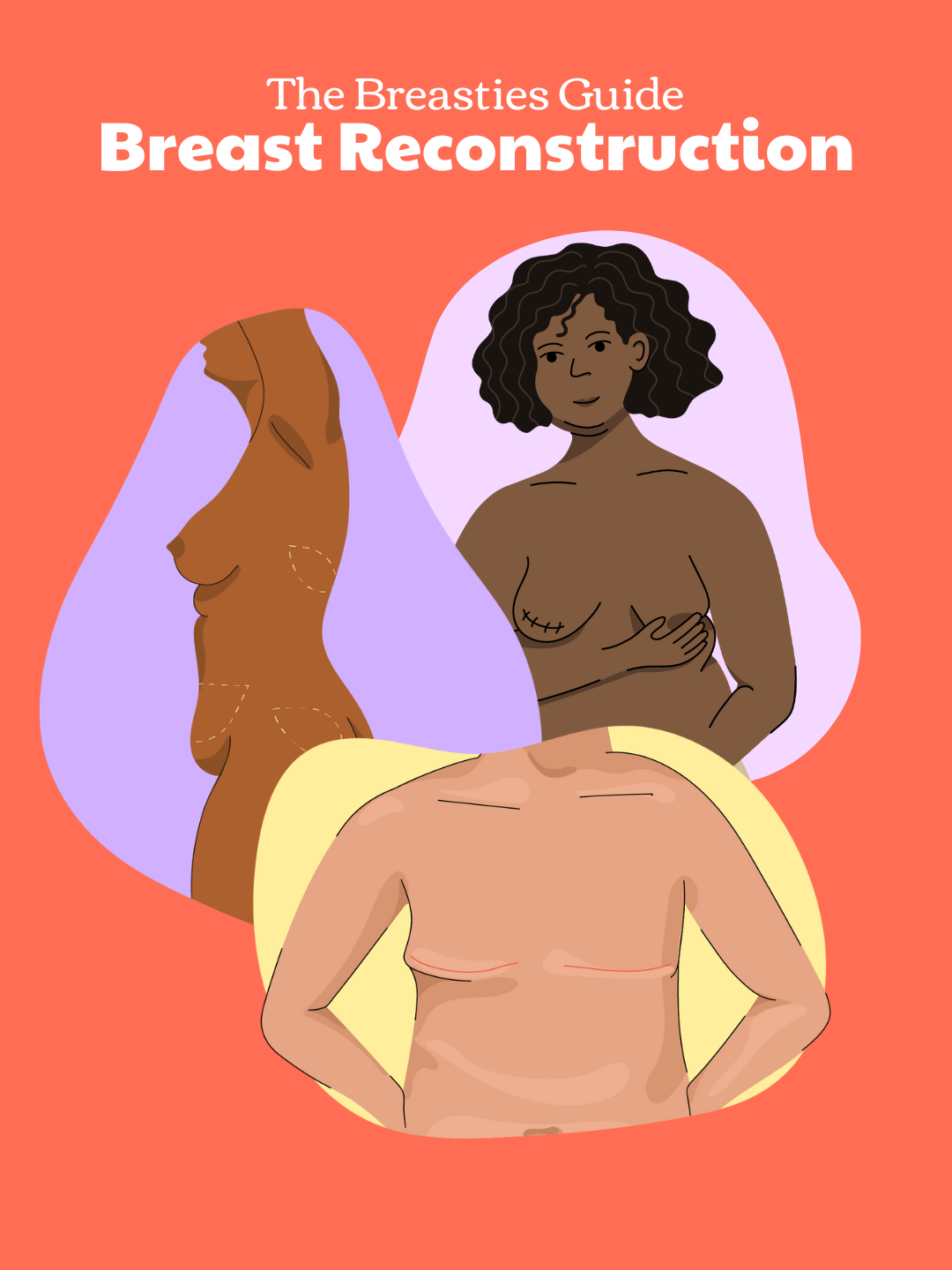We use our bodies every day in ways that are very involuntary, and in physiology terms, we call this the autonomic nervous system. Our control system works unconsciously and regulates our bodily functions, such as our heart rate, digestion, and breath.
We are getting deep quick here! We are all guilty of taking these things for granted every day. I mean, how could you not? Do you think about each breath you take, every day?
What I'm getting at is, there is so much that our bodies do without us even thinking about it. I know I didn’t think about it much before my own preventative double mastectomy and I am now constantly reminded about how resilient the human body is when working with mastectomy clients.
What are the "Best" Exercises?
I know you selected this article to read about the “best exercises to do post-mastectomy” but the reality is there is no “best” exercise. I know, not what you wanted to hear, but it’s true. It is dependent on so many variables post-mastectomy. I get asked this question all the time. I always have to answer vaguely because it is dependent on finding out what is best for for you.
If I were working with you as a client, the first question I would ask is: Are you cleared from a physical therapist (PT)? If you aren’t seeing a PT, we would start slow — taking various protocols into consideration.
Some other questions: Can you move your arms above your head? How many weeks out are you? What is your exercise history? How old are you? Do you have kids? How is your nutrition? How much do you sleep?
The answers to these questions vary, which is why the “best” exercise is not always the right one for everyone post-mastectomy
Forms of Movement I Recommend
The reality of having a mastectomy is that your back and chest will feel less mobile post-surgery. Again, everyone is different (I will continue to refer back to this throughout the article). Some people can take six to eight weeks, or more, to regain mobility if everything goes well. For example, I found out I had a torn labrum right after my mastectomy, so it prolonged my recovery.
Once you are cleared (post-mastectomy), here are some of my favorite exercises to build back mobility:
1.T-Spine Twist
T-spine twist is a good stretch for those with particularly stiff backs. It releases tension in the spinal column, hips, and shoulders and relieves discomfort in the lumbar spine. No equipment needed.
How to do it: Lying on your back, bend your knees in and bring them towards your chest. Inhale and with the next exhalation, roll your knees to the right side and rest them on a pillow.
Stretch both arms outwards along the floor in a T position to open the space between the shoulder blades. As the lower back gradually releases, straighten the arm out slowly. Repeat on other side.

2. T-Spine Wall Twist
This is a variation of the T-spine twist, above. No equipment needed.
How to do it: Start in a quadruped position with one hip pressing into the wall. Put the hand farthest away from the wall, on your head. While keeping your core engaged, take a deep breath in and on the exhalation, twist towards the wall as if you are trying to touch your elbow to the wall. The goal is to get as close as possible while keeping that hip against the wall the whole time. Remember to have the twist only come from your trunk. Repeat on other side.

3. Goal Post to Y
It is great to stretch your chest while working on your range of motion (ROM), which is often lost post-mastectomy. Your surgery type (flat, flap, implants placed over the muscle, implants placed under the muscle), can affect the amount of ROM you lose for how long. Perform the following exercises to help improve range of motion. No equipment needed.
How to do it: Lie on the ground, pressing your lower back into the ground and placing arms into a goalpost while rocking your head slowly back and forth. Continue to take deep breaths and focus on pushing the ends of your hands and forearms into the ground.
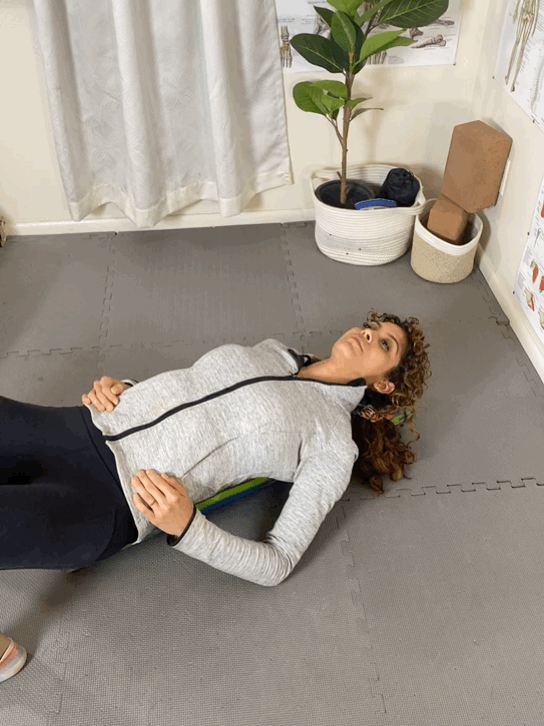
4. Goal Post to Y with PVC
This is a variation of goal post to Y, above. Use a PVC or dowel and a foam roller for this. You can even use weight when a doctor, PT, or trainer clears you.
How to do it: Start by lying on a long foam roller or bench; with the PVC in your hands. Bring your hands above your head to goal post position and let your arms fall towards the ground, letting gravity take over. Remember to focus on the lower back pressing into the foam roller or bench.
Next, bring arms into a Y position above the head. To advance the stretch, put a small weight on the PVC or dowel to create more resistance on the stretch. Again, only do this if you are cleared and have been able to do variation #1 above, and you aren’t feeling a stretch anymore.
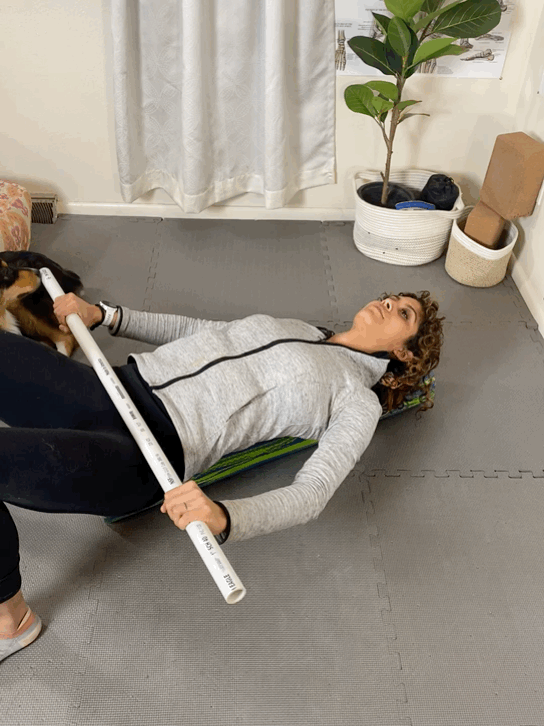
5. Wall Stretch
As a chest opener and an upper back release, this one is great to do anywhere multiple times a day. You just need a wall, desk, or bench. No equipment needed.
How to do it: Place hands shoulder-width apart about chest height (height can vary depending on how deep of a stretch you want — the higher, the lighter of a stretch it will be). Standing hip-distance apart (or wider if you wish), put a slight bend in your knees while actively pushing your hips back away from the wall. Actively push your chest through and take 3 to 5 deep breaths. Repeat a few times.

6. Downward Facing Dog
This one releases tension throughout the entire spinal column, opens the hips, and stretches the back of your legs. If your hamstrings are particularly tight, step the feet wider apart in all variations and/or bend the knees slightly. The heels can also be placed against a wall. No equipment needed.
How to do it: Begin on all fours with your hands just in front of the shoulders on the floor. On an exhalation, keeping your toes tucked under, lift your knees from the floor, straightening your legs and raising your bottom while moving onto the soles of your feet. Work on pressing your heels into the floor. Push through the shoulders so that the stretch can be felt in the hamstrings. Repeat a few times. Take at least five breaths.
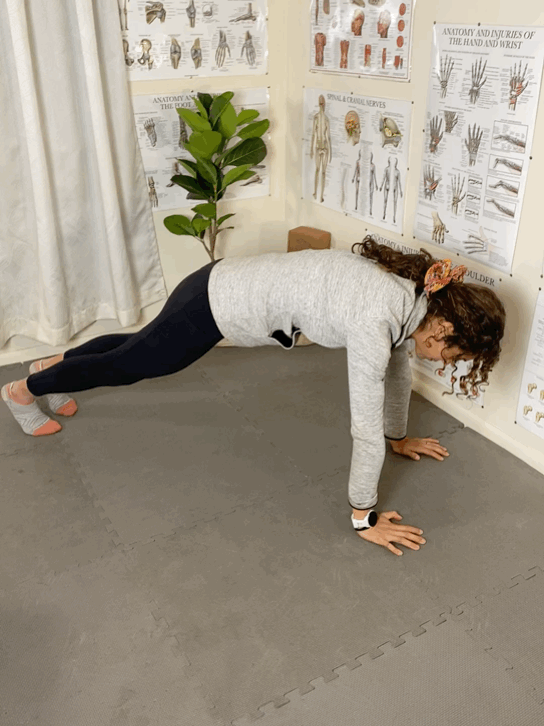
Follow @bodyenroute on Instagram for more post-mastectomy exercise tips and strength coaching.
